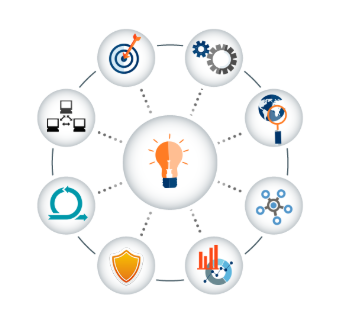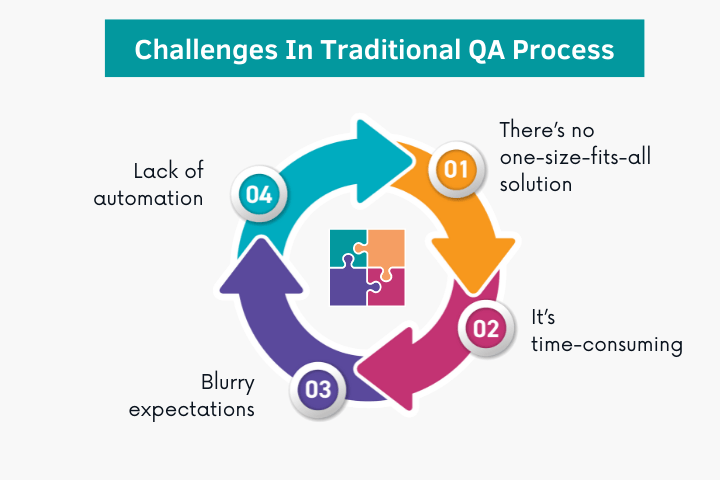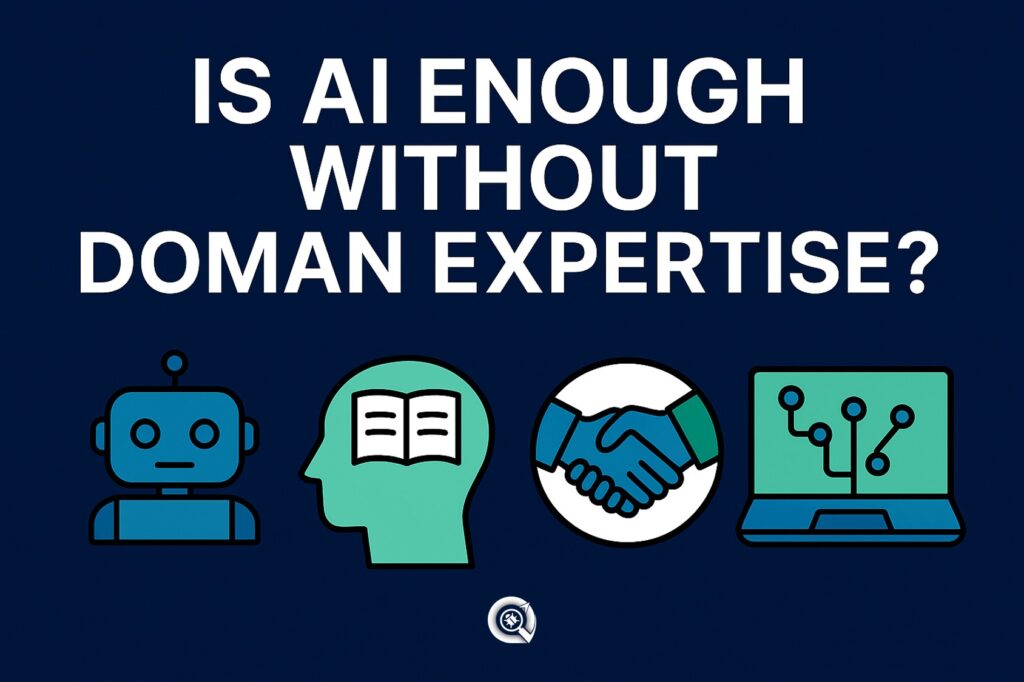QA testing is important since it plays a key role in proving or disproving that the software products in question meet the users’ expectations as well as the business needs that the software has to address.
But it can be very difficult to determine when and where QA efforts should be applied particularly as projects increase in size.
To help you better understand how to conquer the testing beast and implement suites that are not only effective but also efficient, here are some guidelines to follow.

Start with “Why”
One of the key considerations that are crucial in testing is to comprehend the primary reason for testing is fundamental. This way, you will be able to understand the overall goal of the testing that you are conducting, and how it relates to the organization as a whole.
This involves the act of fine-tuning and evaluating the importance and urgency of different tasks concerning risk and business significance. It helps to set the right expectations of what testing is going to produce and prevent from being tested the issues that have the most significant impact on the organization.
Continuous Learning and Adaptation
Software testing is a rapidly growing and developing discipline that operates on ambient knowledge. It’s important to be current with the developments within the respective field in terms of approaches and tools.
Introduce new approaches like automation and integrated AI-based testing to improve test optimizations. In essence, continuous learning and making changes for the better serve to better place an individual and/or organization, or in this case, enhance the overall quality and effectiveness of software testing.
Effective Test Case Prioritization
It is important to understand that not all the necessary test cases are equally significant. Structure the test cases with respect to factors like the significance of the business, functionalities crucial for a business entity, and areas involving the most risk.
This approach helps in that it deals with vital components of the software first, thus being more beneficial at this phase. It assists the management to divide time and resources realistically and concentrate on priorities.
Implement the Test Pyramid
Using the approach of a test pyramid can be useful in giving efficiency to the process of testing. The tests’ pyramid presupposes that many unit tests should be created while the service or integration tests should follow, and the minimum of end-to-end tests should be created.
One major advantage of this strategy is that it yields faster feedback to the developers and assists in keeping the quality of code high. It provides that the problems are identified as and when it is being developed hence it is cheaper and easier to correct the defects.
Tailored Testing Strategies
Every project is an experiment with its characteristics and challenges. Always it was advised that testing should be tailored according to the nature and requirements of the project.
To effectively manage testing in large-scale enterprise applications, pay specific attention to scalability and integration testing. For the consumer applications, give high importance to testing them for user aspects so as to improve the overall user experience.
This is mainly because you are in a position to estimate the tests in accordance with the nature of the projects hence dealing with its challenges and achieving the project’s testing goals in a better way as compared to other standardized methods.
Automate to Attain
What is important to know is that automation is not limited to automated test scripts only. Embrace automation tools to minimize manual interventions; the time required for testing, as well as feedback turnaround. It presents several ideas of how to improve efficiency by creating automated regression tests, continuous integration, and continuous deployment pipelines.
Automating tests facilitates the ability to perform the tests repeatedly and with the same level of precision, which means that even as the software undergoes changes, the tests can confirm that the system remains stable.
Think Beyond Requirements
This means that you ought to test beyond the standard checklists, requirements or specifications. Take some time to read about the app and consult its documentation in order to find the problems that have not been mentioned.
Also, try to describe events that are close to real users’ activity and check if the application responds to them appropriately. Where the approach is only focused on one layer, the other layer can contain bugs that are not detected and the software can achieve higher robustness.
When considering the requirements as outlined in the assessment document consider the above pointers as guidelines to make your program work well in the field.
Introduce Bug Bashes
Perform cross-departmental bug bashes to help mix up employees. The cross-over of testing is effective in introducing new ideas and opportunities into the discussion, identifying different concerns, and creating a common view of the state of the software.
Swarming can be a rather entertaining method that would make all employees interested in the testing process and the overall efficiency of the team.
Focus on User Experience
In the end, value emerges only if software meets the expectations of people who use it; in other words, it equals quality. Ensure that time and resources are focused on the aspects of testing that are most valuable in improving usability, performance, and accessibility.
This calls for end-user involvement to understand their possible experience bottlenecks or issues that would affect them in order to fix them.
By aiming at user satisfaction, one can also guarantee that the designed software will be easy to operate and perform fast enough, along with fulfilling its purpose as per functionality standards.

Conclusion
Quality assurance can be a powerful tool when it is applied with precision and flows efficiently at the right time to ensure the timely delivery of quality software products.
With the help of why apply the model of “Constant Learning” start with Test Cases, use Test Pyramid, tailored approaches, apply Automation, think beyond “Requirements” invite people to “Bug Bash” and, finally, always think, “User Experience” and have a Happy testing!
For more detailed insights and practical tips, explore our blogs and website.




